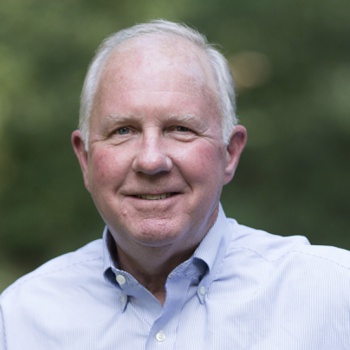Shea: The state has a very large role to play in helping Baltimore address violent crime. There are several different entities, including the state police, corrections, and parole and probation, and the Baltimore City Police Department, that fall under State jurisdiction. We must focus the State’s resources on targeting the city’s most violent offenders, a large percentage – fully one third – of whom are in the parole and probation systems. The State also must work with local jurisdictions across the state, especially Baltimore City, to implement policies that will help to reduce crime. Along with my Lt. Governor Brandon Scott, we will invest in programs like Safe Streets, which have a proven track record and can be expanded. We will expand group violence reduction and community mediation programs. We will develop a statewide gun violence prevention database that properly and functionally tracks important metrics. And, we will facilitate the sharing of information between the Governor’s Office of Crime Control and Prevention and the Maryland State Police and local jurisdictions. In the long-term, in order to fully address the issue of crime in Maryland, we must identify and correct the underlying causes. We must properly invest in education to give every one of Maryland’s children, regardless of their zip code, a proper education. We must work to expand economic opportunities for Marylanders, especially those in distressed communities. And, we must do a better job connecting Marylanders, wherever they may live, with the jobs and opportunities that are available in the state.
SHARE THIS ANSWER
